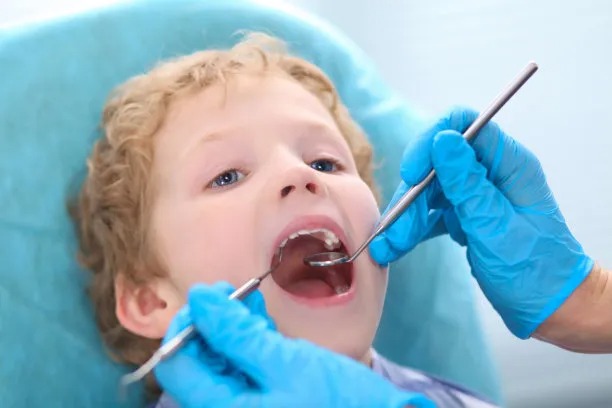The Essential Guide to Extracting a Tooth Safely and Comfortably for Optimal Dental Health Outcomes
Summary: This comprehensive guide highlights the essential steps to safely and comfortably extract a tooth while ensuring optimal dental health outcomes. It covers pre-extraction preparations, pain management strategies, the extraction procedure itself, and post-extraction care tips. By following this guide, both patients and dental professionals can enhance the extraction experience, reduce anxiety, and promote effective recovery. Emphasizing safety and comfort, this article serves as a valuable resource for anyone considering or performing tooth extractions.
1. Preparation for Tooth Extraction Procedure

Preparing for a tooth extraction is a crucial step that ensures the procedure goes smoothly. The dentist will conduct a thorough assessment, including evaluating the patients medical history and dental condition. This allows for the identification of any potential complications and the decision on the appropriate anesthesia to use.
Patients should also be advised to avoid certain medications, particularly blood thinners, for a period before the extraction. This precaution helps to prevent excessive bleeding during and after the procedure, thereby minimizing risks. Additionally, patients may be instructed to fast for a few hours prior to the appointment, especially if sedation is part of the plan.
Finally, having a support system in place is essential. Arranging for someone to accompany the patient to and from the dental office can ease anxiety and provide necessary assistance after the extraction, particularly if sedation was used.
2. Effective Pain Management Strategies
Pain management is a critical aspect of tooth extractions and plays a significant role in patient comfort. During the procedure, dentists typically administer a local anesthetic to numb the area surrounding the tooth. In some cases, sedation options such as nitrous oxide or intravenous (IV) sedation may be offered, depending on the complexity of the extraction and patient preferences.
Post-extraction, effective pain management continues to be important. Dentists will often prescribe or recommend over-the-counter pain relief medications. Understanding dosage and timing can help patients manage discomfort effectively. Its also advisable for patients to apply a cold compress to the exterior of their cheek to help reduce swelling and numb pain.
Moreover, patient education on what to expect in terms of pain and recovery can significantly alleviate anxiety. Knowing that some discomfort is normal can help manage expectations and prepare patients for a smoother recovery process.
3. The Tooth Extraction Procedure Explained
The actual tooth extraction procedure typically follows a structured process. Once the area is numb and the patient is comfortable, the dentist will begin by gently loosening the tooth with specialized instruments. This is often accompanied by a feeling of pressure, but not pain.
For teeth that are impacted or difficult to extract, the dentist may need to remove surrounding bone or gum tissue to fully free the tooth. This step underscores the importance of having a skilled and experienced dentist who can navigate complications with precision while ensuring the patients comfort at all times.
After the tooth is removed, the dentist will clean the extraction site and may place a gauze pad to control bleeding. Patients should be informed about the importance of biting on the gauze for a recommended time to prevent complications and promote healing.
4. Post-Extraction Care for Optimal Recovery
Post-extraction care is fundamental for achieving optimal recovery and avoiding complications. Patients should be provided with clear instructions on how to care for their extraction site. Keeping the area clean and avoiding certain foods for a few days can significantly influence the healing process.
It’s also important for patients to know to avoid smoking, sucking through straws, or engaging in strenuous activities that can increase bleeding or cause dislodgement of the blood clot that forms in the socket. These actions can lead to a painful condition known as dry socket, which significantly delays healing.
Lastly, patients should be advised on signs of infection or complications, such as excessive bleeding or swelling that worsens after a few days. Understanding when to contact the dentist for follow-up care can keep the recovery process on track and prevent further issues.
Summary:
This guide has outlined the essential steps involved in the safe and comfortable extraction of a tooth. It has emphasized the importance of preparation, effective pain management, the extraction process, and post-care instructions to ensure optimal dental health outcomes. By following these guidelines, patients can experience a smoother extraction process.
For those who prioritize their dental health, understanding and utilizing safe extraction practices is integral to their overall well-being.
This article is compiled by Vickong Dental and the content is for reference only



